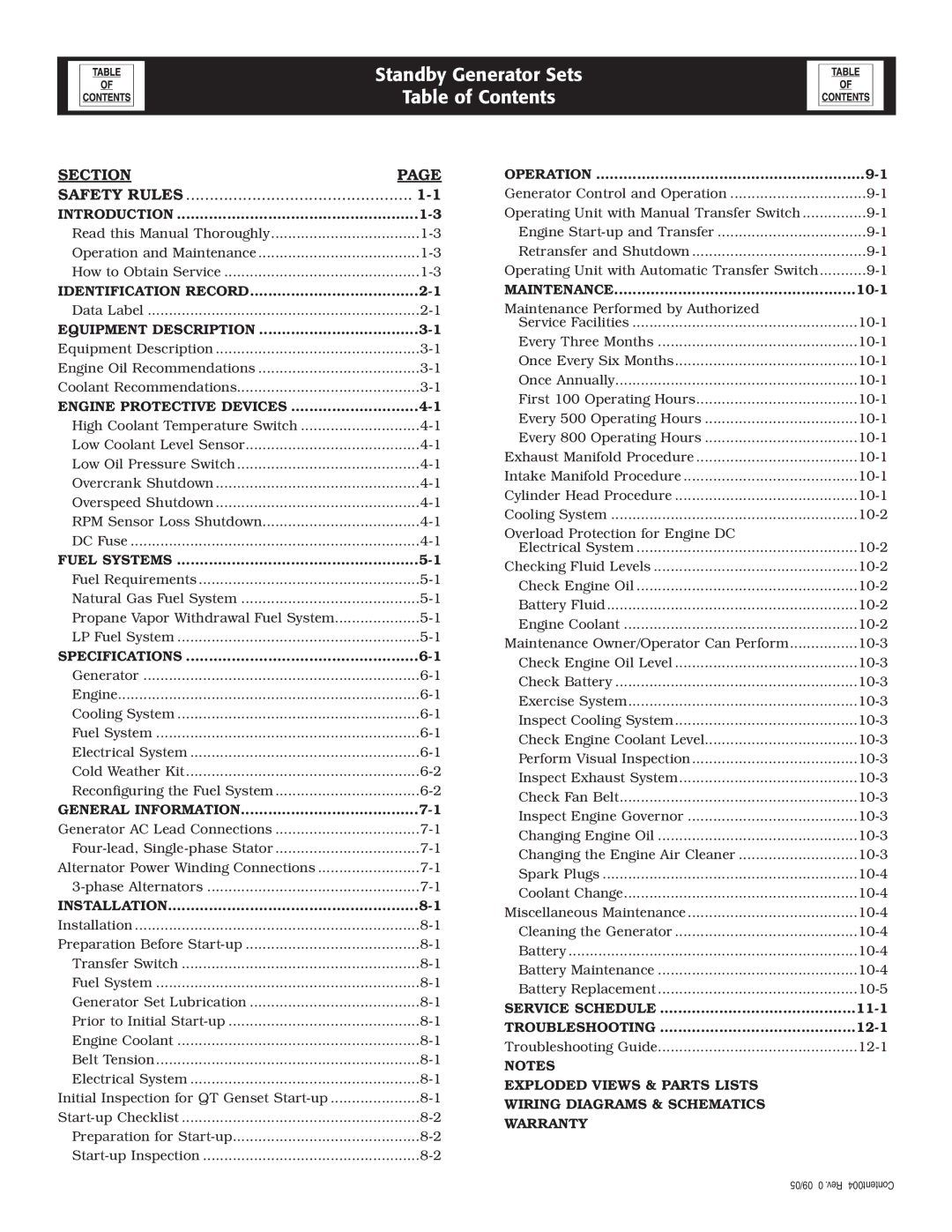SG020 specifications
Siemens SG020 is a cutting-edge turbine designed for a variety of energy applications, particularly in the field of renewable energy generation and industrial processes. As one of the latest innovations from Siemens, this turbine is engineered for efficiency, reliability, and environmental sustainability.One of the main features of the SG020 is its advanced aerodynamic design. This turbine is built with large rotor blades that optimize wind capture, allowing it to function effectively even in low-wind conditions. The blades are also constructed from lightweight composite materials, enhancing both performance and durability. This design maximizes energy output while minimizing wear and tear, thereby extending the operational lifespan of the turbine.
Incorporated within the Siemens SG020 is an intelligent control system that utilizes state-of-the-art sensors and software algorithms. This technology continuously monitors wind conditions and turbine performance, automatically adjusting the blade pitch and rotor speed to optimize energy production. The smart grid capabilities of the turbine allow it to integrate seamlessly with existing energy systems, making it a flexible solution for various applications, from powering remote communities to integrating with larger industrial facilities.
Another key characteristic of the SG020 is its commitment to sustainability. The turbine is designed to operate with minimal environmental impact, producing clean energy while reducing carbon emissions. Siemens has implemented eco-friendly manufacturing processes and materials in the production of the turbine, underlining the company’s dedication to environmentally responsible energy solutions.
Maintenance of the SG020 is also streamlined through innovative technology. Predictive maintenance features leverage data analytics to anticipate potential issues before they arise, allowing for timely interventions that further reduce downtime and maintenance costs. This enhances the overall reliability of the turbine, making it a dependable choice for energy generation.
The SG020 stands out as a flexible and efficient solution for delivering renewable energy. With its advanced technologies, robust design, and commitment to sustainability, it represents Siemens’ ongoing pursuit of innovation in the energy sector, paving the way for a more sustainable future in power generation.

